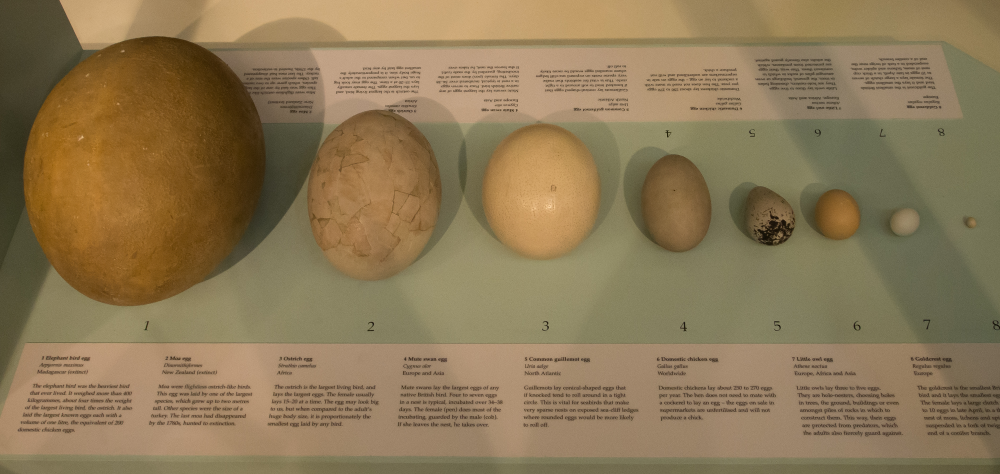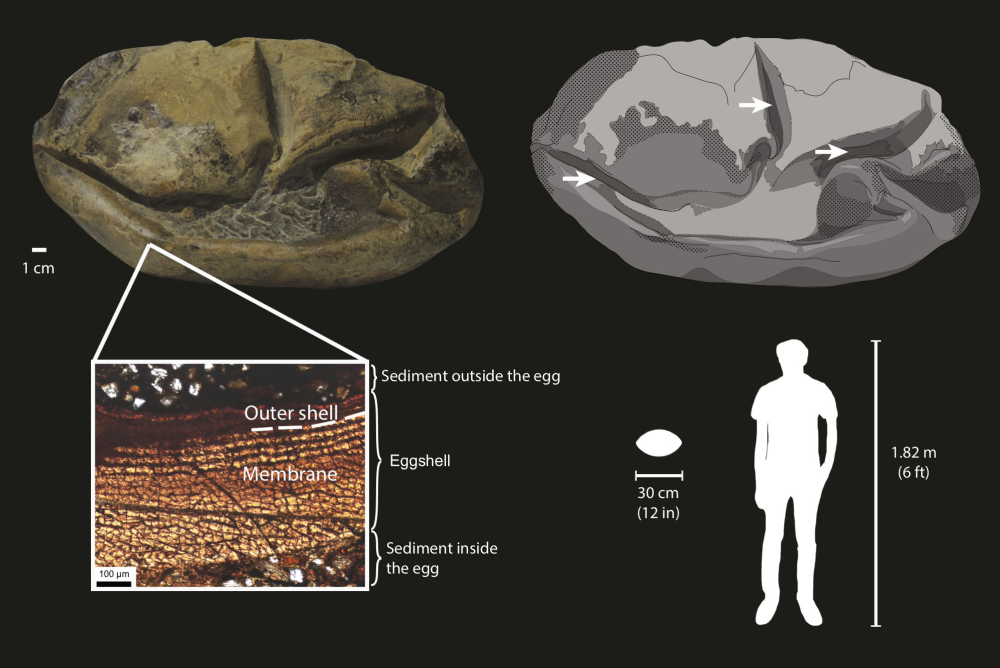Today, the biggest egg you can get your mitts on is that of an ostrich. The biggest of those eggs on record weighed in at an impressive 2.589 kilograms (5.7 pounds), or about the weight of a small house cat.
The rest of this article is behind a paywall. Please sign in or subscribe to access the full content.
It’s hardly surprising, given they’re the world’s largest birds, and they have footballs for eggs to show for it. If we take into account all the animals the world’s ever seen, however, the ostrich egg isn’t all that impressive compared to those of some extinct giants.
Once upon a time (well, about 1,000 years ago), a 3-meter (10-foot) -tall behemoth stomped across Madagascar laying the biggest eggs the world’s ever seen. They were known as the elephant birds, with one in the genus Mullerornis, while two sat in Aepyornis.
It’s thought the elephant bird Aepyornis maximus may have been the largest bird to have ever lived, weighing in at a whopping 1,000 kilograms (2,200 pounds). It holds another record, too, starting life by breaking out of the biggest eggs of any known animal.

These elephant birds’ eggs were about 150 times larger than your average chicken egg. They’re so big, in fact, that the Buffalo Museum of Science discovered one in its collection that had been mislabeled because it was so big that at first nobody thought it was real.
Coming in at a close second is a dinosaur-era creature, but it’s not a dinosaur. Scientists working in Antarctica reported a curious discovery in the form of a giant egg belonging to a marine reptile that was close on the heels for gigantism to the elephant bird’s egg. Estimated to be around 66 million years ago, the football-sized egg became the first known fossil soft-shell egg to have been left on the continent and is thought to have been laid by a mosasaur.

“The Thing” compared to a human.
Image credit: Legendre et al. (2020)
“It is from an animal the size of a large dinosaur, but it is completely unlike a dinosaur egg,” said lead author Lucas Legendre, a postdoctoral researcher at the University of Texas at Austin’s Jackson School of Geosciences, in a statement. “It is most similar to the eggs of lizards and snakes, but it is from a truly giant relative of these animals.”
It was previously believed that giant marine reptiles from the Cretaceous did not lay eggs, but the mysterious leather orb would appear to contradict that. Scientists referred to the more than 28-by-18-centimeter (11-by-7-inch) stone-like fossil simply as “The Thing”.
A flightless oviraptorosaur called Beibeilong sinensis deserves a shout out in The Big Egg Debate, also. It lived 90 million years ago, and laid eggs that were four times the size of today’s ostrich eggs. At about 45 centimeters (18 inches) across, and weighing 5 kilograms (11 pounds), it’s an eye-watering way to come into the world, but perhaps doesn’t match up to the gargantuan task facing expectant mother kiwis, whose eggs can take up 20 percent of the mother’s body.
Curiously, kiwis are also the closest living relatives to the elephant birds. A lovely, full-oval moment for a brief history on Big Eggs.
Source Link: What’s The Largest Egg Of Any Animal? Clue: It Doesn't Come From An Ostrich